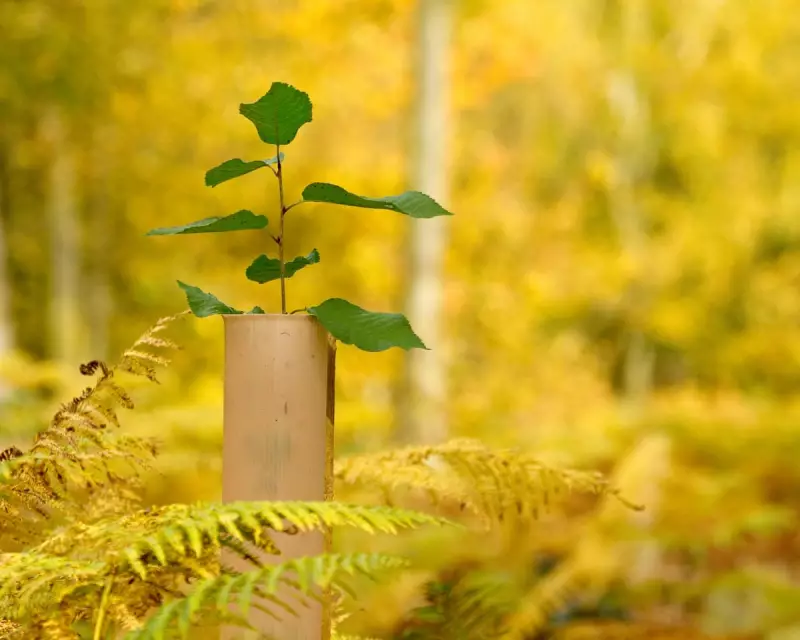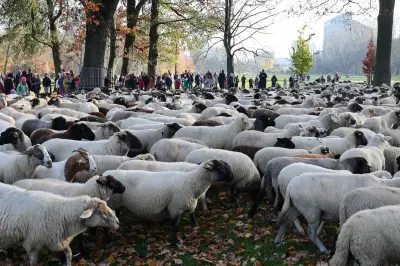
In the quiet corners of British woodlands, an unseen battle rages between two unlikely competitors: the relentless bracken and the hopeful saplings striving to claim their place in the forest floor.
Bracken, a hardy fern species, spreads aggressively through underground rhizomes, forming dense thickets that choke out other vegetation. Meanwhile, young saplings struggle to push through this green barrier, their survival hanging in the balance.
The Bracken Advantage
This ancient plant has developed formidable survival tactics. Its extensive root system allows it to dominate large areas, while its toxic compounds deter most herbivores. During summer months, bracken can grow an astonishing 5cm per day, quickly overshadowing any competition.
Saplings' Uphill Battle
Tree seedlings face multiple challenges in bracken-dominated areas. The dense fern canopy blocks sunlight, while the thick leaf litter prevents seeds from reaching fertile soil. Those that do germinate often succumb to the bracken's chemical warfare or physical suppression.
Ecological Implications
This competition has significant consequences for woodland biodiversity. While bracken provides habitat for some species, its dominance reduces overall plant diversity. Conservationists are particularly concerned about its impact on native oak and birch regeneration.
Nature's Delicate Balance
Interestingly, some saplings eventually overcome their aggressive neighbour. As they grow taller, they begin to shade out the light-dependent bracken, slowly turning the tables in this botanical power struggle.
This natural drama plays out silently across British woodlands, a testament to nature's complex and often brutal competition for survival.





